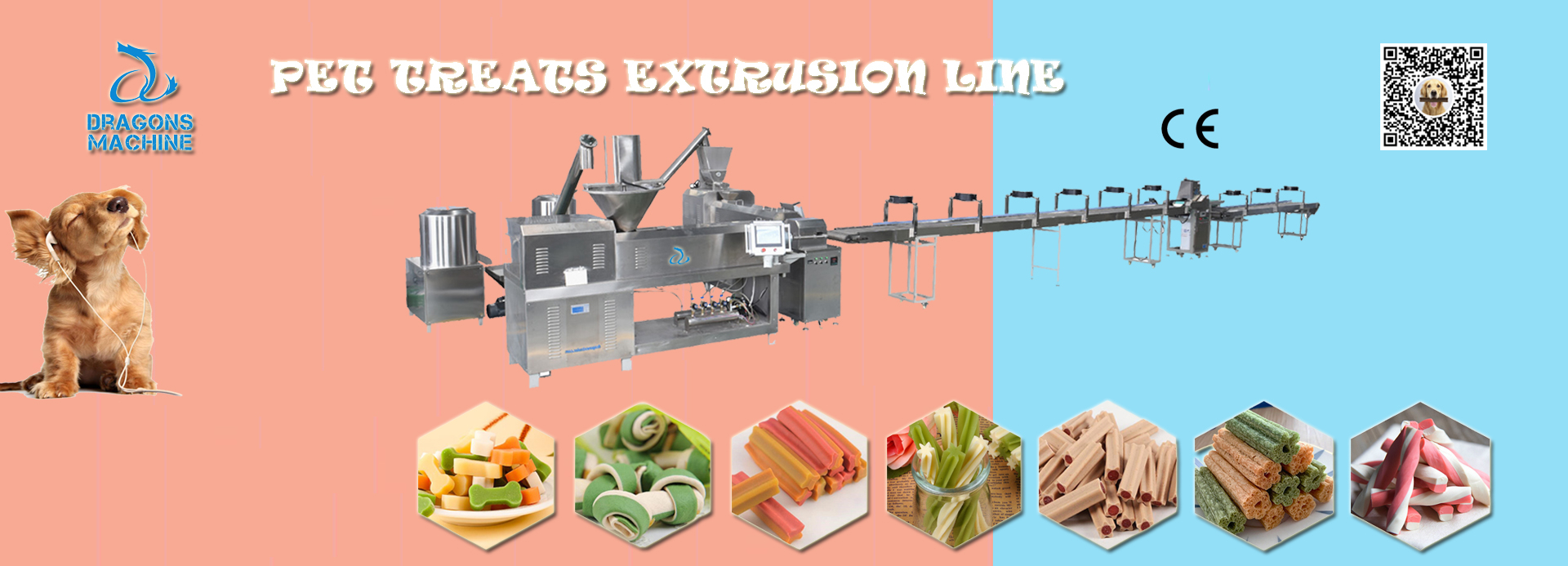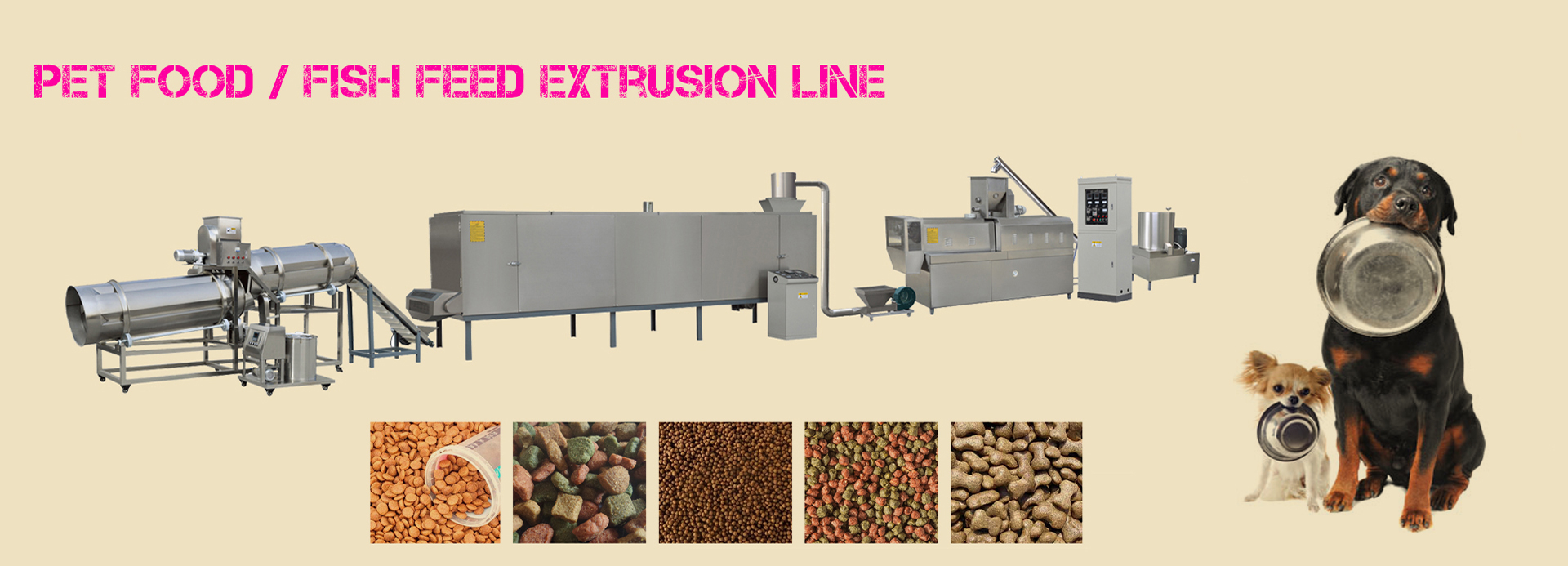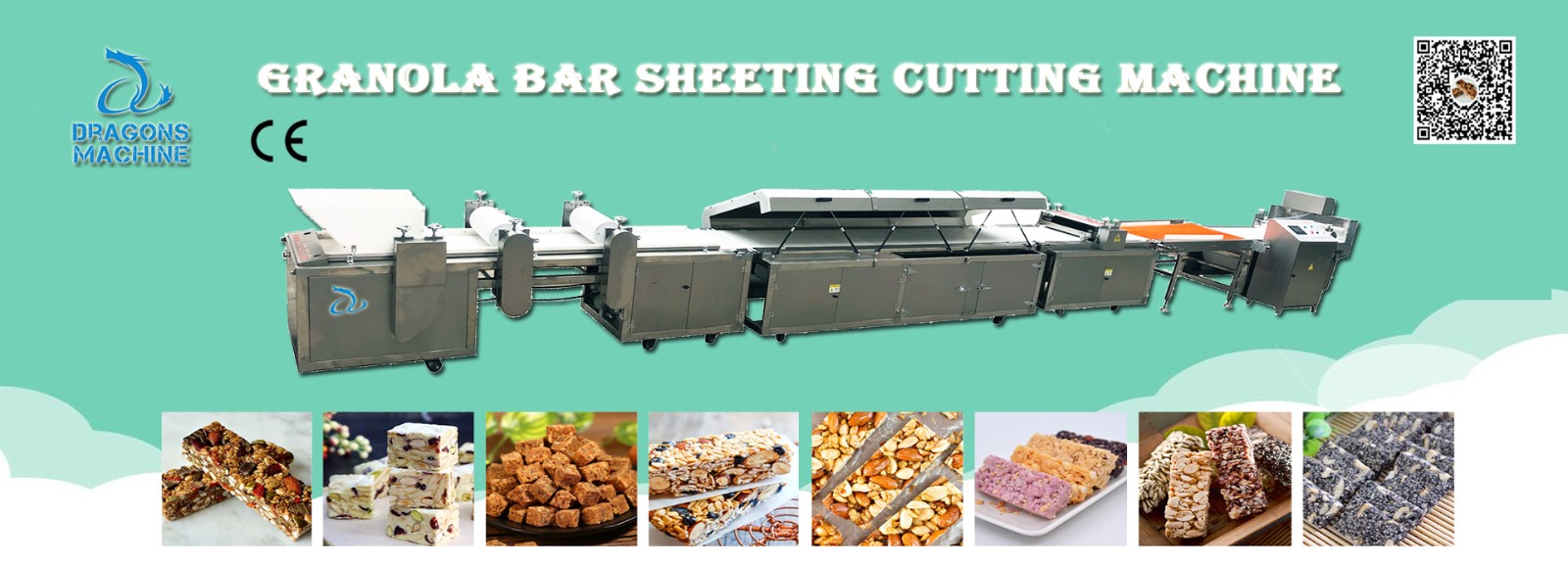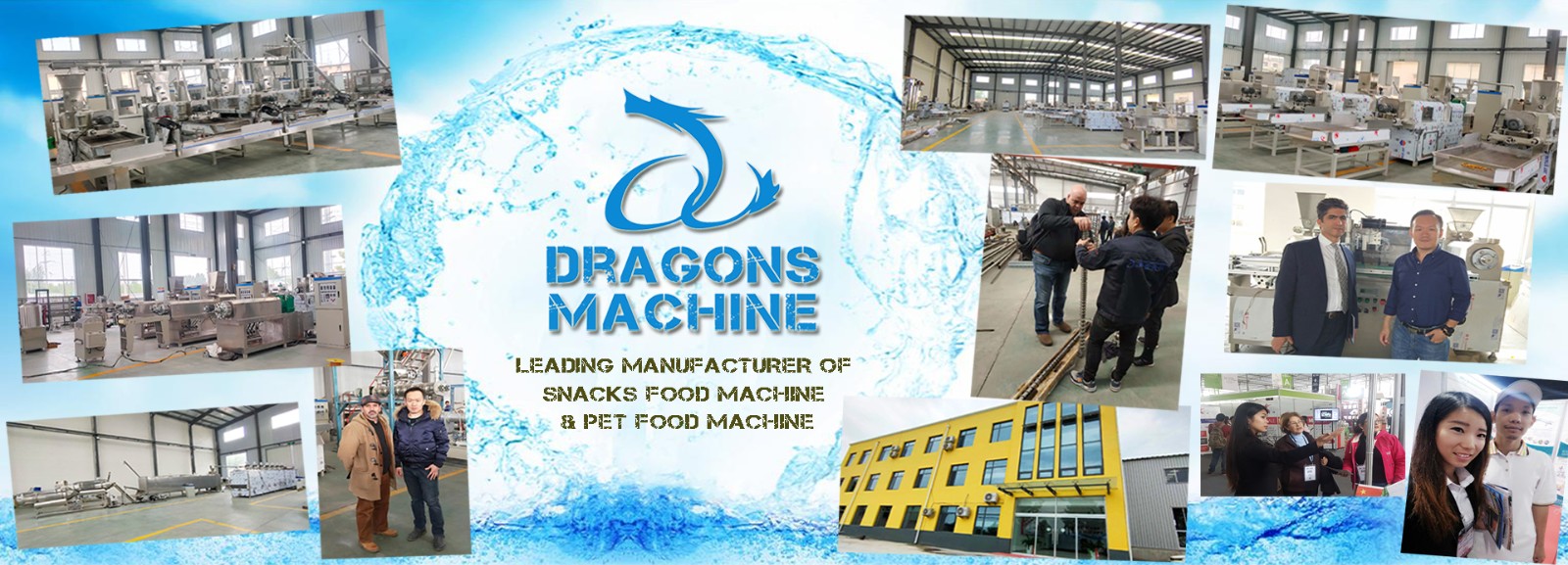Cereal bars have become a popular snack choice for people on the go, offering a convenient and nutritious option to satisfy hunger between meals. These bars are made from a combination of ingredients, including grains, sweeteners, and flavorings, and are produced on an industrial scale using specialized equipment known as a cereal bar machine. In this comprehensive guide, we will explore the fascinating process of how cereal bars are produced using these machines, step by step.
Step 1: Ingredient Preparation
The first step in producing cereal bars is to prepare the necessary ingredients. These typically include:
1. Grains: Various grains like oats, rice, wheat, or corn are the primary component of cereal bars. These grains provide the essential texture and nutritional value to the bars.
2. Sweeteners: Sugars, syrups, or honey are used to bind the ingredients together and provide sweetness. The choice of sweetener can affect the taste and texture of the final product.
3. Flavorings: Ingredients like chocolate chips, dried fruits, nuts, or spices are added to enhance the flavor and texture of the bars. Flavorings can vary depending on the desired end product.
4. Emulsifiers and Stabilizers: These are used to improve the mixing and consistency of the ingredients, ensuring a uniform blend.
Step 2: Mixing and Heating
Once the ingredients are prepared, they are combined in a mixing chamber within the cereal bar machine. The machine heats the mixture to a specific temperature, making it easier to blend and ensuring that the sweeteners are fully integrated with the grains and flavorings.
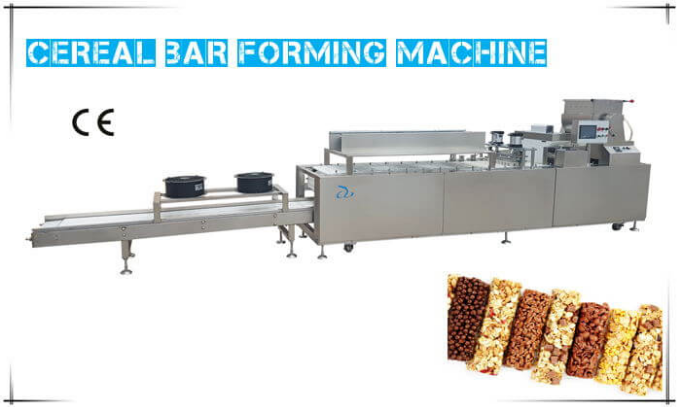
Step 3: Compression
After mixing and heating, the cereal bar machine transfers the mixture to a compression chamber. In this chamber, a hydraulic press or mechanical rollers exert tremendous pressure on the mixture, compacting it into a dense, uniform mass. This compression process is critical for ensuring that the cereal bars hold their shape and do not crumble.
Step 4: Shaping and Cutting
Once the mixture has been adequately compressed, it is directed to a shaping and cutting station within the cereal bar forming machine. Here, the compressed mass is formed into a long, continuous slab of the desired thickness. The slab is then cut into individual bar-sized portions. The shape and size of the bars can vary depending on the machine's settings and the manufacturer's specifications.
Step 5: Cooling
After shaping and cutting, the cereal bars are still warm from the compression process. To allow them to set and harden properly, they are transferred to a cooling chamber or conveyor. This cooling period allows the bars to solidify and maintain their shape.
Step 6: Coating (Optional)
Some cereal bars may undergo an additional step of coating to enhance their flavor or appearance. For example, a layer of chocolate, yogurt, or fruit glaze may be applied to the top or bottom of the bars. This coating not only adds a delicious element but also helps preserve the freshness of the bars.
Step 7: Packaging
Once the cereal bars have cooled and, if applicable, been coated, they are ready for packaging. The packaging process can vary, but it typically involves wrapping individual bars in airtight wrappers or sealing them in boxes. Proper packaging helps maintain the freshness and shelf life of the cereal bars.
Quality Control
Throughout the entire production process, quality control measures are in place to ensure that the cereal bars meet the desired specifications. This includes monitoring the ingredients, checking the thickness and weight of the bars, and conducting sensory evaluations to assess taste and texture.
Conclusion
Cereal bars have evolved from simple homemade snacks to complex industrial products produced by specialized cereal bar machines. The production process involves precise mixing, compression, shaping, cooling, and optional coating steps, all aimed at creating convenient and delicious snack options for consumers. These bars come in a wide range of flavors and varieties, offering something for every taste preference and dietary need. The use of modern machinery ensures consistency in quality and production efficiency, making cereal bars a convenient and popular snack choice for people around the world.
















